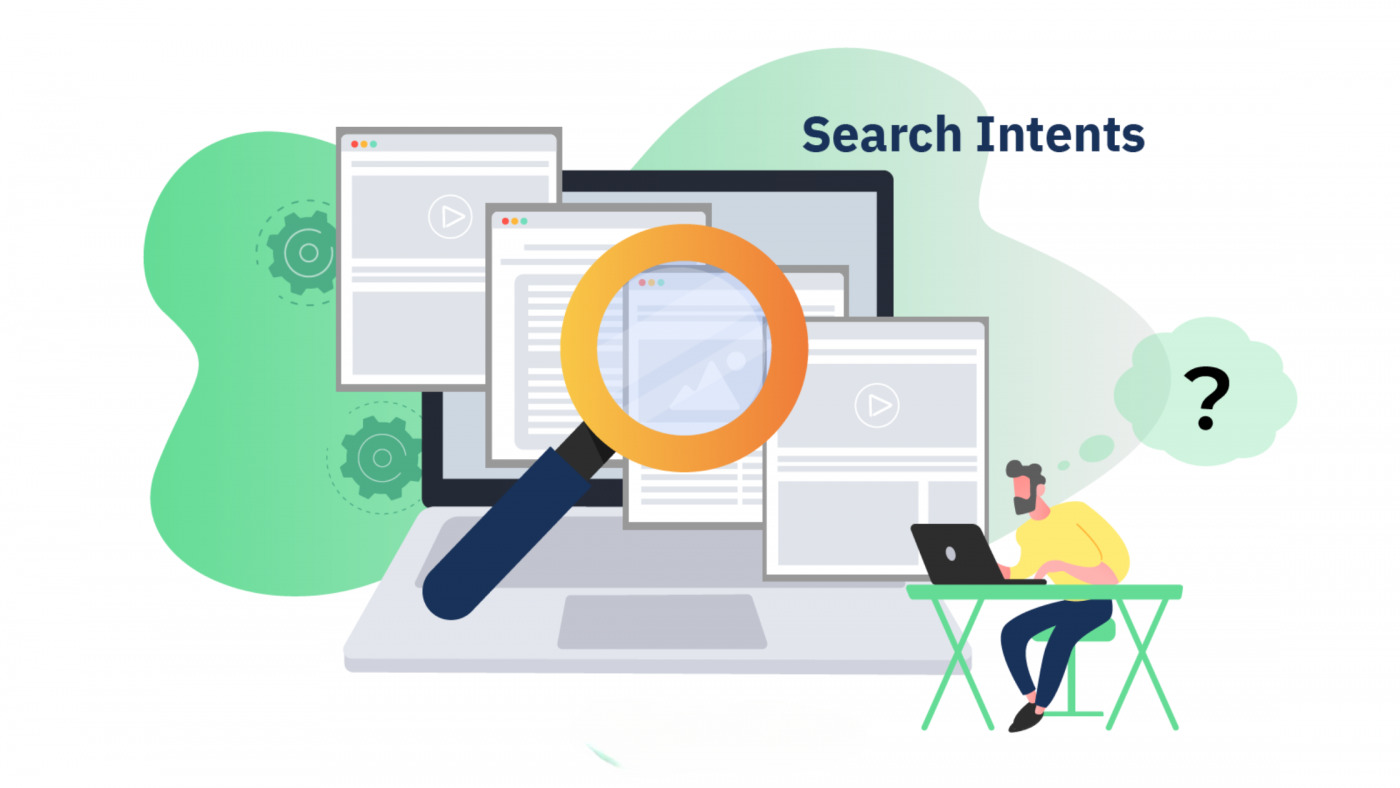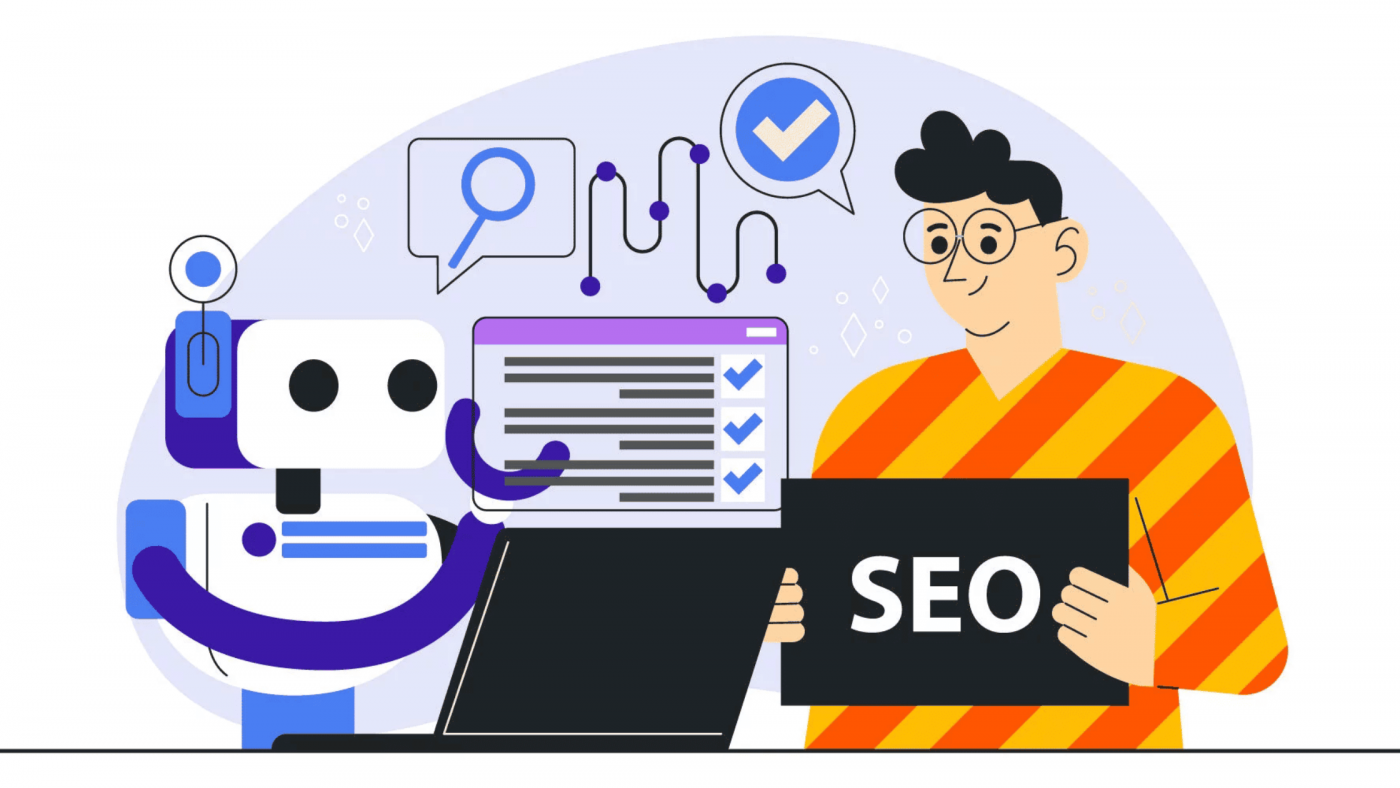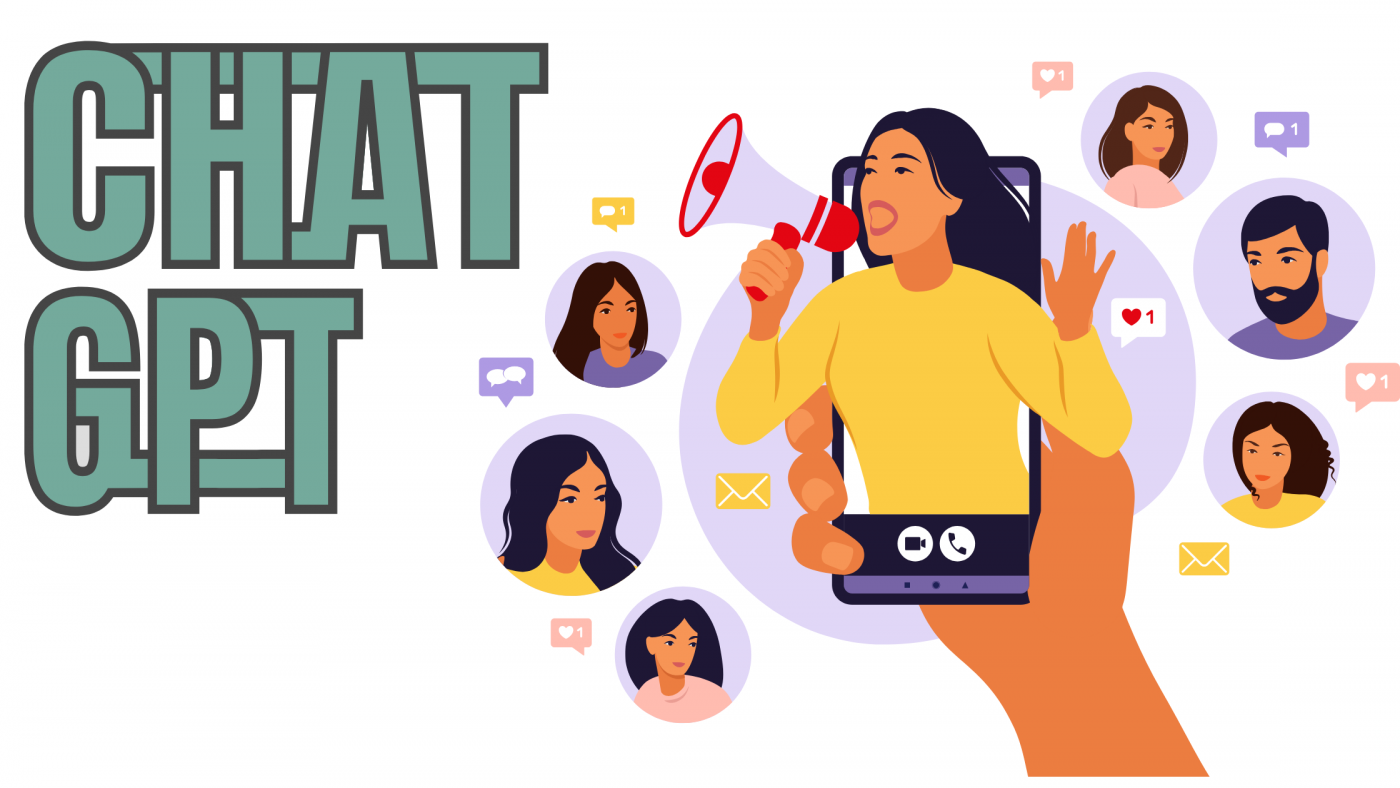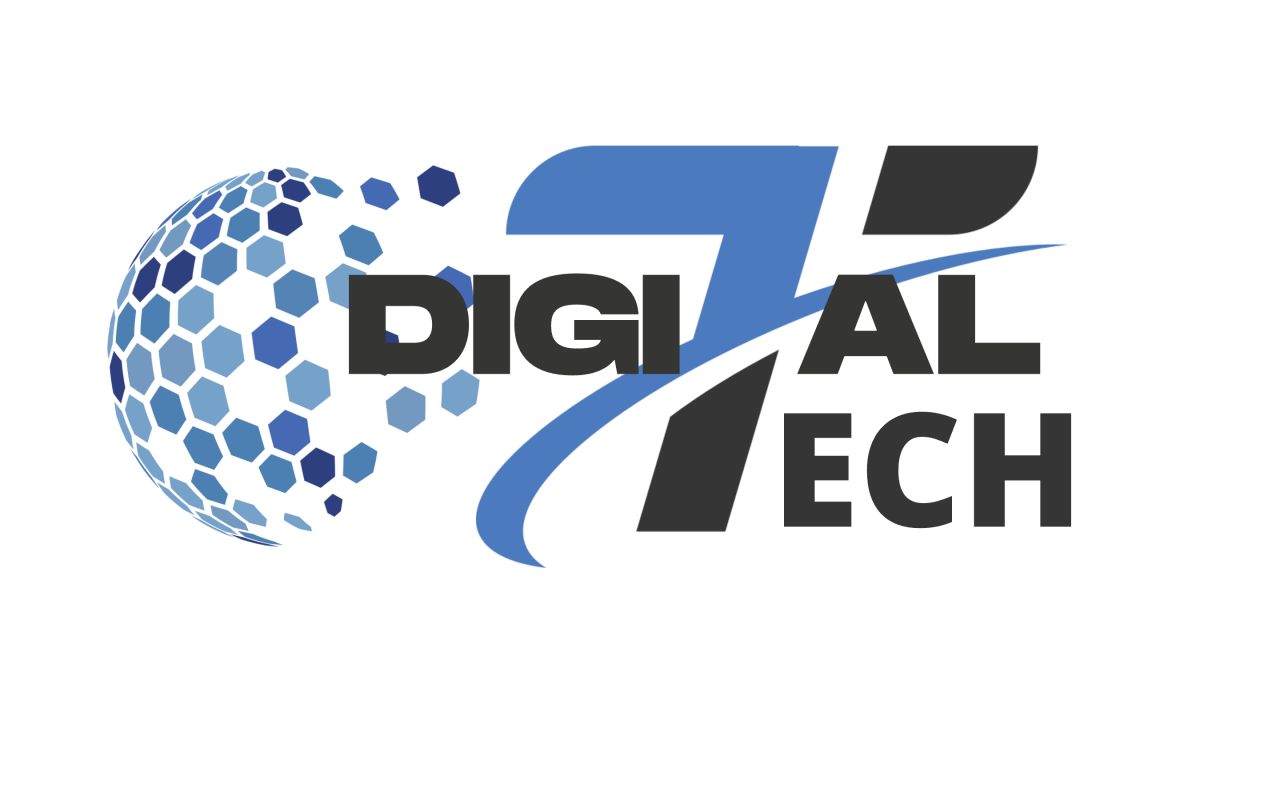Using artificial intelligence (AI) in your SEO strategy, like ChatGPT, can significantly improve your search engine rankings.
As search engines evolve, more effective SEO strategies are needed. ChatGPT offers an ingenious way to keep on top of the game.
By following the instructions in this article—which include conducting keyword research, producing meta descriptions, and optimizing for search intent—you can use ChatGPT for SEO. Get ready to transform your SEO strategy using AI!
1. What is ChatGPT?

The incredible minds at OpenAI created ChatGPT, an AI language model that can comprehend and produce prose that resembles that of a person after being trained on an astounding volume of data.
Consider it your own personal SEO assistant, equipped with the skills and artificial intelligence of an experienced marketer.
It’s similar to having a skilled group of professionals at your disposal who can help you with keyword research, content creation, and optimization tactics.
2. Using ChatGPT for Keyword Research
ChatGPT is an effective tool for keyword research since it may provide pertinent terms and phrases based on user input. Users need to use ChatGPT, supply keyword properties, ask for keyword ideas, assess and enhance the suggestions, and provide a seed phrase or topic related to their industry or area of expertise.
Furthermore, ChatGPT might provide guidance on how to use keyword research tools like Google Keyword Planner, SEMrush, or Ahrefs to look into keyword possibilities and analyze search trends.

Using ChatGPT for Keyword Research
When users ask ChatGPT to suggest keywords associated with weight loss, for example, the platform will propose subjects such as the top weight loss programs, nutritious advice on weight loss, quick diets, exercises, natural weight loss methods, foods, effective weight loss plans, motivation, and fastest weight loss.
Users can create a list of pertinent keywords and phrases to enhance the content of their websites, draw in organic traffic, and raise their search engine ranks by conversing using ChatGPT.
3. Content Optimization for Search Intent
To begin, request a list of keywords that are comparable to your target keywords from ChatGPT.
To get relevant terms, just ask ChatGPT for something like “local SEO services in American.”

Content Optimization for Search Intent
The responses may surprise you. It can cause you to reconsider how you approach your company.
Recall that while ChatGPT offers ideas, you still need to identify phrases that complement your approach and target audience.
To move your SEO strategy in new areas, you and ChatGPT must work together.
4. How to Use ChatGPT to Write a Successful Meta Description

How to Use ChatGPT to Write a Successful Meta Description
- Be brief: Since Google displays meta descriptions in the range of 155 to 160 characters, therefore, make sure your descriptions are clear and concise. In other words, focus on delivering essential information within the character limit.
- Emphasize the primary benefits: Describe the distinctive features of your page and why readers should click.
- Employ pertinent keywords: Let people and search engines know that the material you have is relevant to their query.
- Compose a compelling call to action (CTA): Provide a clear and striking call-to-action to encourage people to take action.
- Take Care of the Search Intent: Ensure that your meta description reflects the user’s informational, transactional, or navigational search intent.
- Employ Emotional Appeal: Appeal to the emotions of your audience to make your description more captivating and memorable.
- Align with the Content: Make sure the information on your website is accurately conveyed by your meta description.
5. Using ChatGPT for On-Page SEO Enhancement

Using ChatGPT for On-Page SEO Enhancement
Think about implementing the following heading and subheading optimization strategies to enhance the readability, structure, and search engine optimization of your content:
- Be precise and evocative: Give readers an overview of each part by using evocative language.
- Employ hierarchy: To give your text a logical framework, arrange headings and subheadings in a hierarchical manner. To make the hierarchy visible to search engines and assistive technology, use header tags.
- Add keywords: To enhance SEO, add pertinent keywords to your headers and subheadings.
Make them succinct: To make it easier for readers to scan and comprehend the text, keep them focused and succinct. - Make them interesting: To draw in and hold the interest of readers, use strong language and wording.
- Content fragmentation: Utilize headers and subheadings to divide lengthy text passages into smaller, easier-to-read sections.
- Employ formatting: To make headings and subheadings visually stand out, use formatting options like bold, italics, or different font sizes.
- Use formatting: To create a unified appearance and feel for your material, keep your formatting and styling consistent throughout all headings and subheadings.
- Establish structure: List the primary subjects and subtopics that your article or webpage covers using headings and subheadings.
- Optimize for Featured Snippets: To improve the likelihood that your material will appear in Google’s featured snippets, create headers and subheadings that answer frequently asked questions or searches.
These pointers can help you use headers and subheadings more effectively in your blog posts, which will improve reader engagement and make your material more search engine friendly.
6. How to Increase User Engagement with ChatGPT
A user-friendly experience depends on producing multimedia, movies, photos, and infographics that are captivating and of the highest quality. For user engagement, bullet points, concise paragraphs, internal linking, and clear headings are also crucial.
Users can be more engaged by adding interactive features to websites, such as calculators, polls, and quizzes. It can also be beneficial to optimize image quality, speed of page load, and relevant content suggestions.

How to Increase User Engagement with ChatGPT
Make sure your design is responsive and mobile-friendly, take off any distracting components, and optimize your landing pages to lower bounce rates. Maintaining relevance can be achieved by routinely updating and refreshing information to align with the search intent of your target audience.
Finally, give a concise value proposition that explains what your website offers and why users should stay, emphasizing its advantages and special selling factors. You may boost user engagement and happiness by decreasing bounce rates and lengthening time on site by putting these techniques into practice and regularly tracking and evaluating website analytics.
7. Increase the SEO of Your Website using ChatGPT
ChatGPT is an effective solution for improving the performance and visibility of your website in search results. Keyword research, content creation, on-page, technical, off-page, and voice search optimization are just a few of the functions it provides. Other features include monitoring, reporting, and ongoing learning and adaptation.

Increase the SEO of Your Website using ChatGPT
Keyword Research: ChatGPT suggests keywords for you based on search volume, industry trends, and your specialty. You can then organically integrate these suggestions into your content.
Material creation: Provide excellent, search engine-friendly material that meets the needs of your intended audience.
Optimization: Boost meta tags, headers, and content relevancy to optimize already-written content for search engines.
On-Page SEO: Make your website’s title tags and meta descriptions catchy, look for ways to link internally, and produce structured data markup.
Technical SEO: By examining elements like crawlability, mobile friendliness, and site performance, you can produce technical SEO recommendations.
Schema Markup: To give search engines more context about your content, find pertinent schema markup possibilities and take use of them.
Off-Page SEO: Look for backlink opportunities in your business, such as guest posting or relevant websites to reach out to.
Social Media Strategy: Create a social media plan to spread the word about your content and make it more visible.
Voice Search Optimization: Create conversational content that is tailored to the queries of voice search engines.
Monitoring and Reporting: To track success over time, use ChatGPT to monitor important SEO performance metrics, modify your approach in light of new information, and create thorough SEO reports.
Constant Learning and Adaptation: To make sure your tactics stay current and useful, keep up with the newest SEO trends, algorithm changes, and best practices.
You may expedite procedures, get insightful data, and ultimately enhance the search engine performance and visibility of your website by integrating ChatGPT into your SEO workflow.

